Optimal Timing for Waterproofing Projects
Proper timing for waterproofing projects ensures durability and effectiveness. Weather conditions, temperature, and seasonal factors influence the success of waterproofing applications. Understanding optimal periods can help prevent issues such as water infiltration, mold growth, and structural damage.
Spring offers moderate temperatures and rising humidity levels, ideal for waterproofing. It allows sufficient curing time before summer heat and winter cold.
Summer provides warm weather and longer daylight hours, facilitating proper application and curing, especially in regions with dry seasons.
Fall's cooler temperatures and lower humidity levels help ensure waterproofing materials set properly before winter.
Winter is generally not recommended due to freezing temperatures and moisture challenges, which can compromise waterproofing effectiveness.
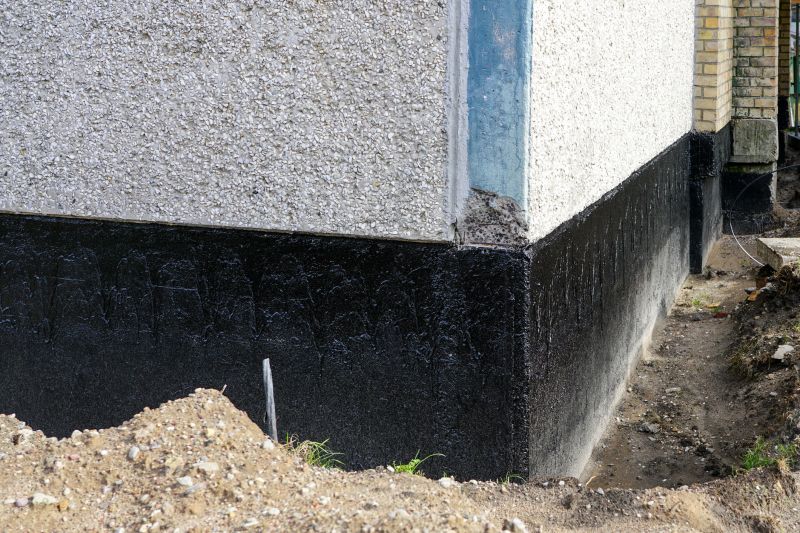
Spring weather allows for optimal application conditions with moderate temperatures.
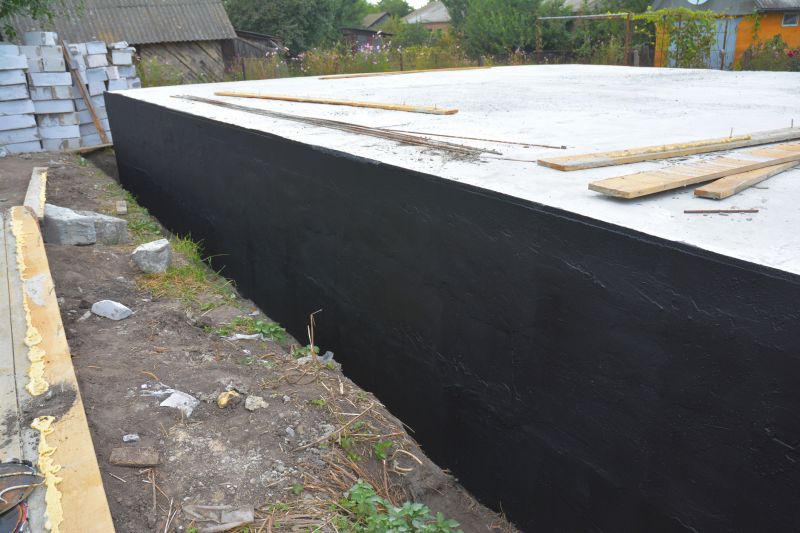
Warm, dry conditions support effective waterproofing during summer months.
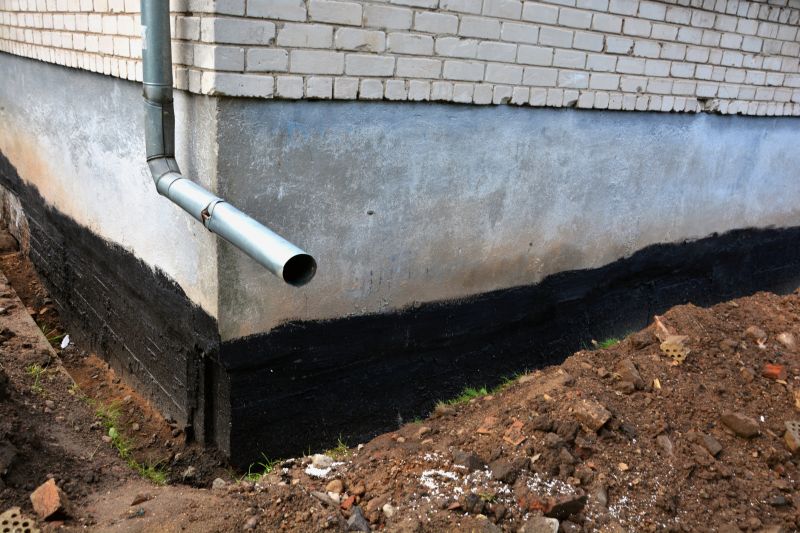
Cooler fall weather helps materials cure properly before winter arrives.

Ways to make Waterproofings work in tight or awkward layouts.
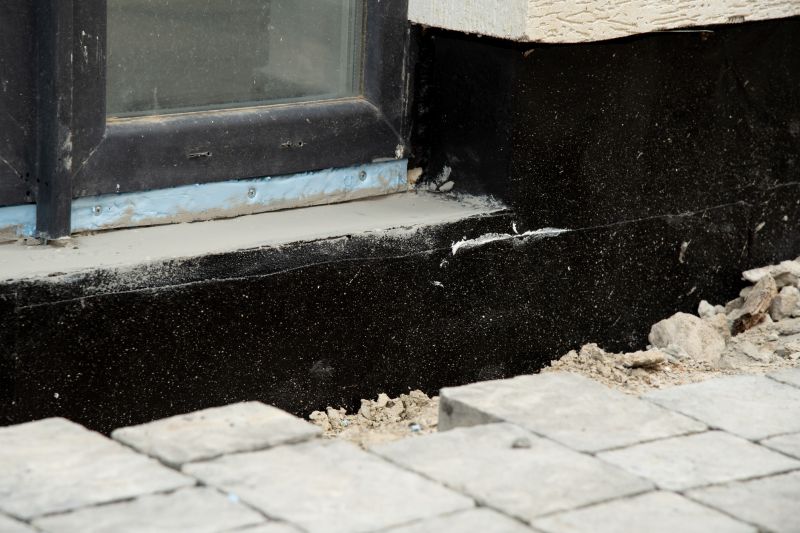
Popular materials for Waterproofings and why they hold up over time.
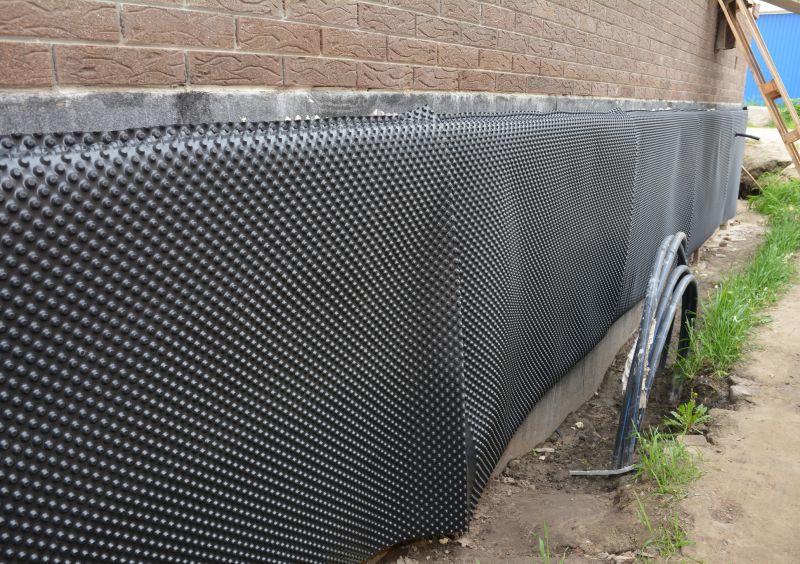
Simple add-ons that improve Waterproofings without blowing the budget.
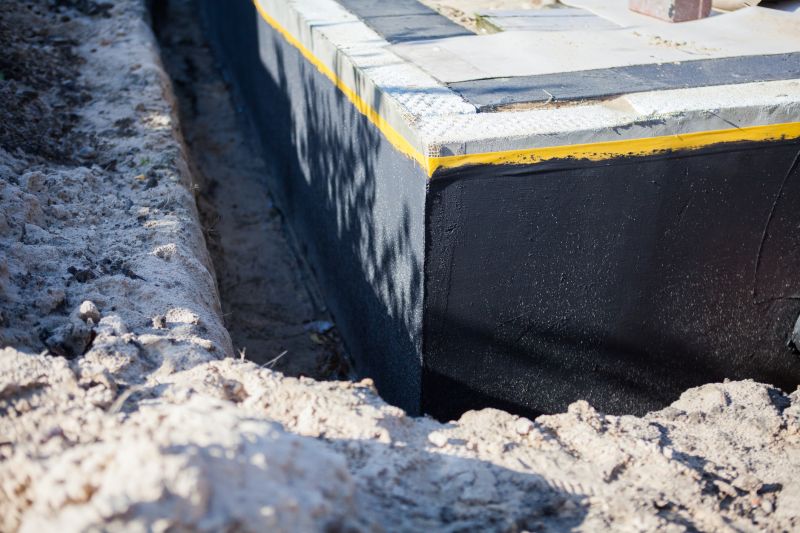
High-end options that actually feel worth it for Waterproofings.
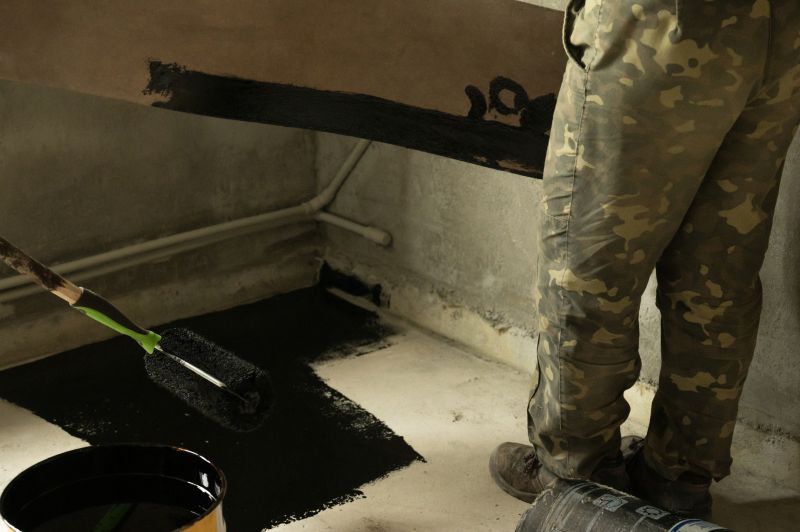
Finishes and colors that play nicely with Waterproofings.
| Season | Recommended Conditions |
|---|---|
| Spring | Moderate temperatures, low humidity |
| Summer | Warm, dry weather |
| Fall | Cooler temperatures, low humidity |
| Winter | Freezing temperatures, high moisture |
Waterproofings are essential for protecting structures from water infiltration, which can cause significant damage over time. Proper application during suitable seasons ensures long-lasting performance. Advances in waterproofing materials have increased durability and ease of application, making timing crucial for optimal results.
Statistics show that waterproofing failures often occur when applications are performed during unsuitable weather conditions. Proper scheduling minimizes risks such as cracking, peeling, or incomplete curing, which can lead to costly repairs. Understanding seasonal impacts helps in planning effective waterproofing strategies.
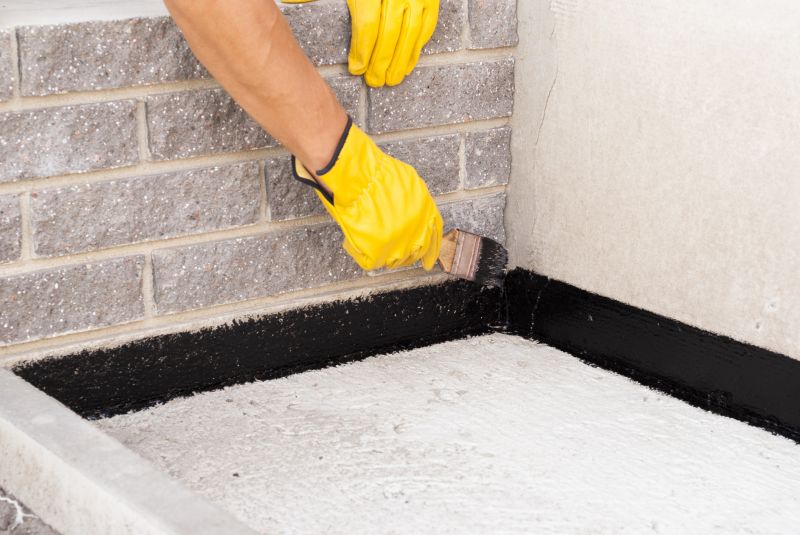
Application during optimal weather conditions ensures better adhesion and curing.
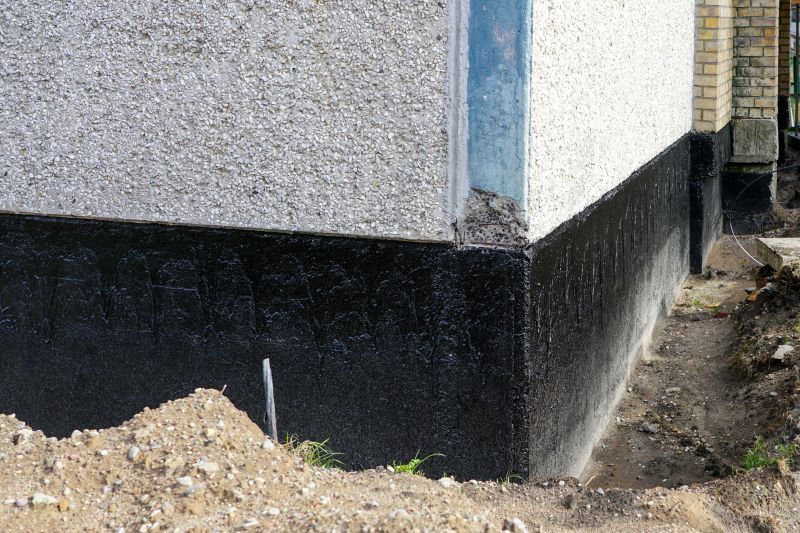
Dry conditions support effective waterproofing application and longevity.
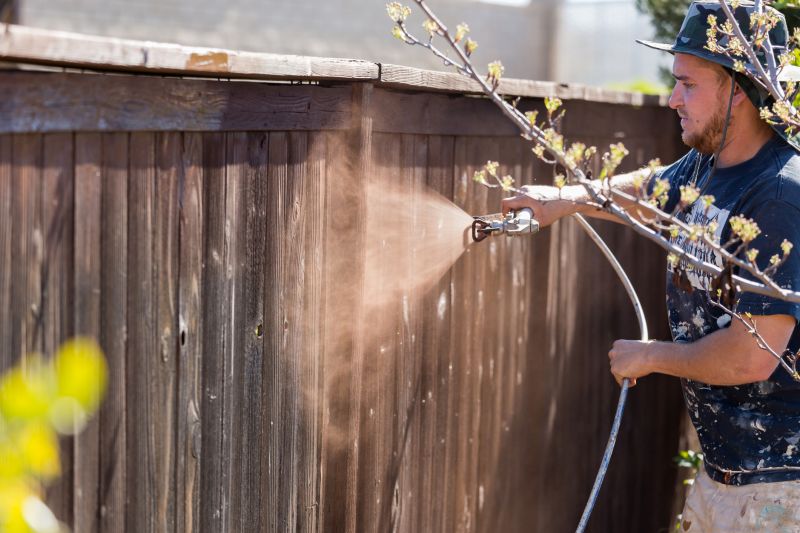
Allowing adequate curing time during suitable seasons enhances durability.
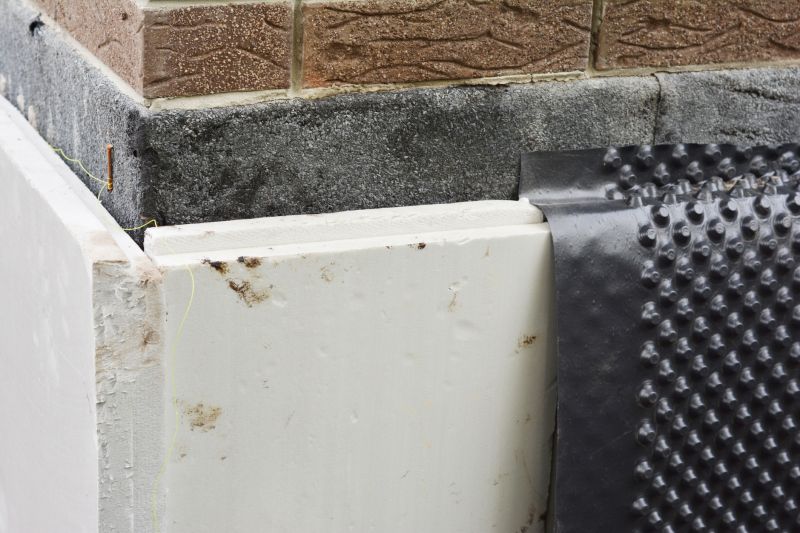
Selecting the right materials for the season improves performance and lifespan.
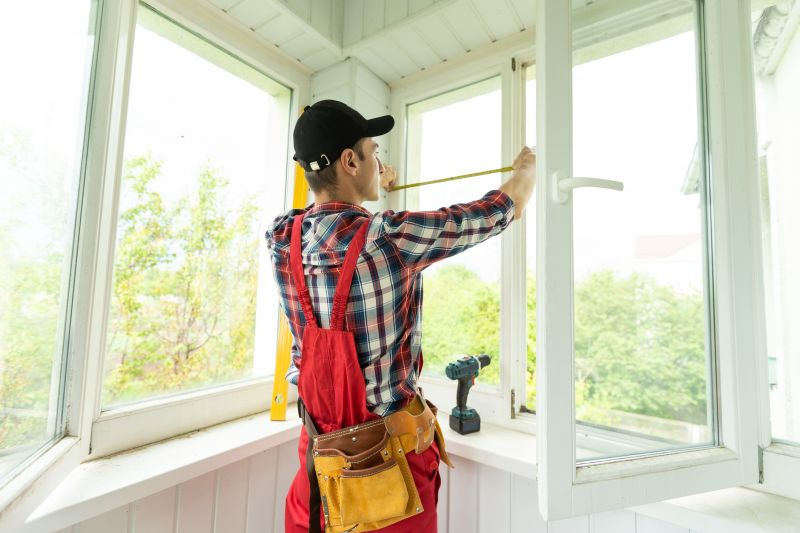
Little measurements that prevent headaches on Waterproofings day.

A 60-second routine that keeps Waterproofings looking new.
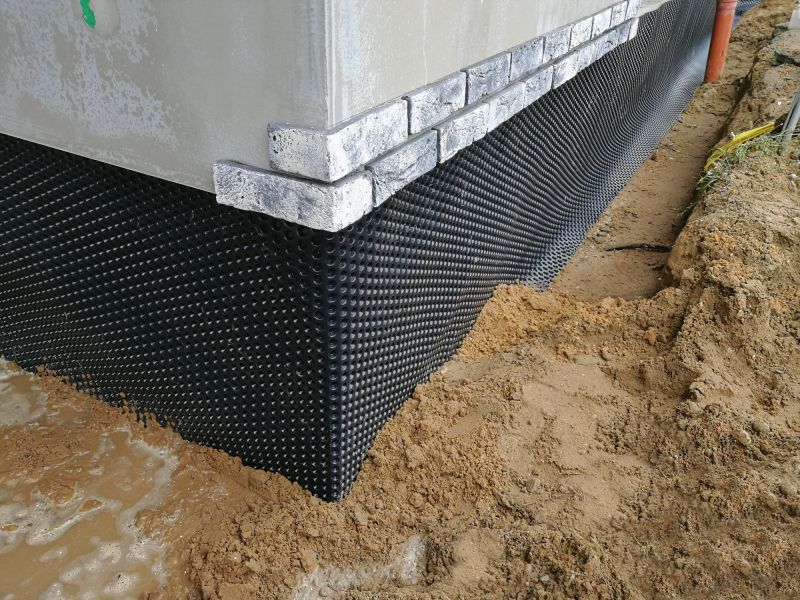
A frequent mistake in Waterproofings and how to dodge it.
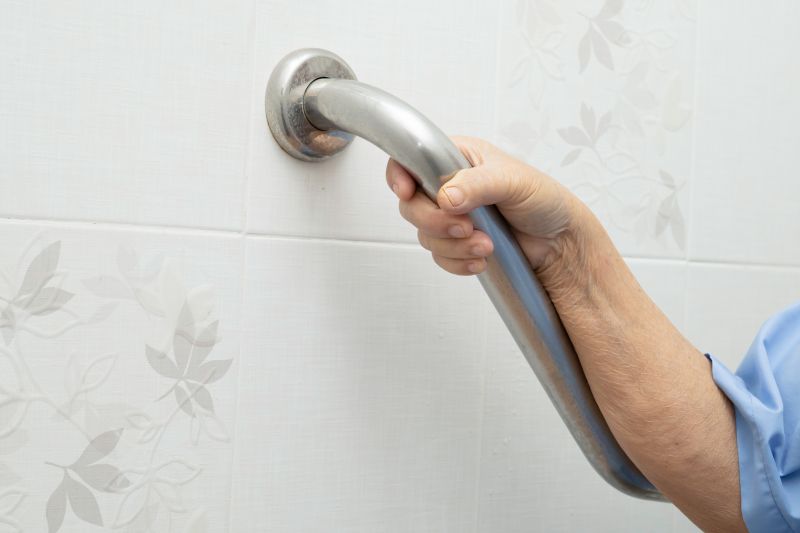
Small tweaks to make Waterproofings safer and easier to use.
If interested in waterproofing services, filling out the contact form can provide more information tailored to specific project needs. Proper timing and application techniques are key to ensuring effective waterproofing that protects structures for years to come.


